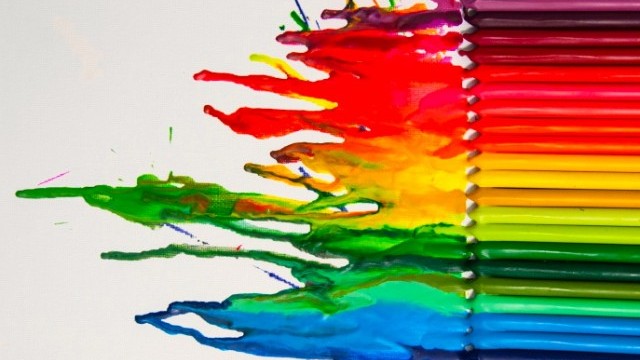
If it's true, in Sir Ken Robinson's words, that “Creativity is not an option, it’s an absolute necessity,” then it's that much more imperative to find ways to bring creativity to learning.
But first, we have to understand what conditions foster true creativity. One definition that scientists have agreed upon for creativity is the ability to create something that's both novel as compared to what came before, and has value. “It’s this intersection of novelty and value, a combination of those two features that’s particularly important,” Dr. Robert Bilder, a psychiatry and psychology professor at UCLA’s Semel Institute for Neuroscience and Human Behavior. In any system, there are forces pushing towards organization and others introducing unpredictability. A truly creative idea straddles both of those states.
“The truly creative changes and the big shifts occur right at the edge of chaos,” Bilder said.
For educators who have embraced the notion of the tightly controlled classroom, it's a worst-case scenario. But Bilder has a reason for this theory. He tested it by asking children what aspects of a learning environment make them feel most creative. “One of the things they found most valuable in their arts classes was the freedom not to have to seek right and wrong answers,” Bilder said. “It was that freedom to explore that led them to be increasingly engaged and allowed them to forge connections that allowed them to be more creative.”
It’s the lack of this type of freedom that has led skeptics to question if today's schools could ever inspire true creativity. While there are exceptions -- schools that have built freedom of expression into their models -- the majority of schools, whether public or private -- expect students to conform to behavior norms that don’t allow for the individual space to daydream, reflect, and create. In fact, creative behaviors are often associated with mental disorders.
“In the school environment, creativity can be considered pathological behavior as opposed to the compliant traits of being reliable, sincere, good-natured, responsible, tolerant, and peaceable — the qualities associated with the lowest levels of creativity,” writes Cevin Soling. Openness to new experiences and a "disagreeable personality" are also associated with creative achievement, two attributes not always found in schools.

